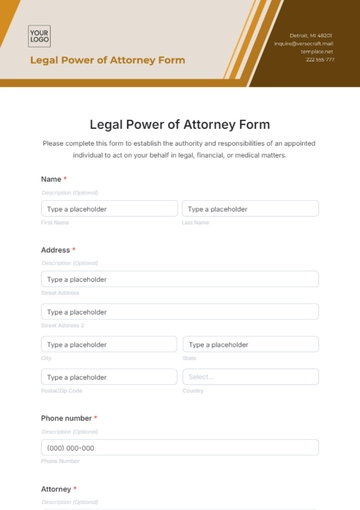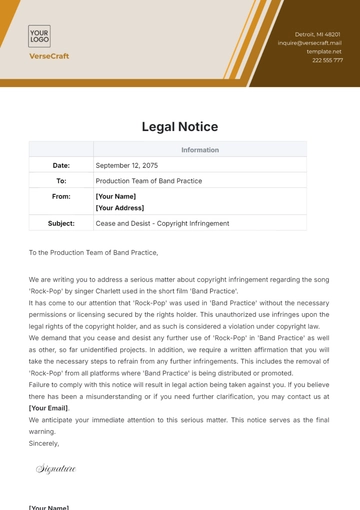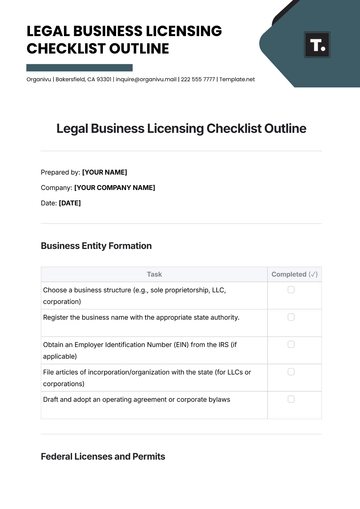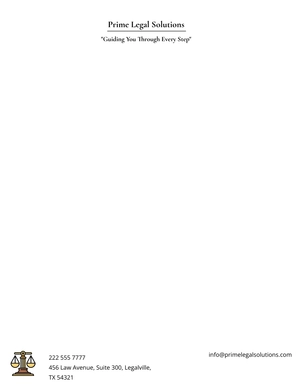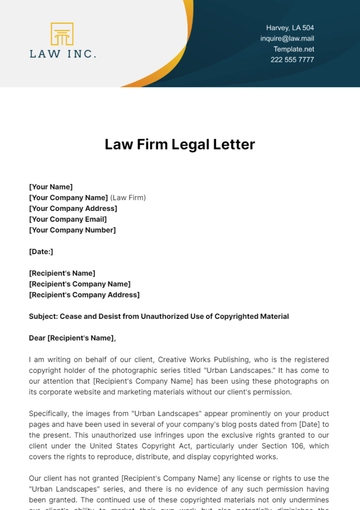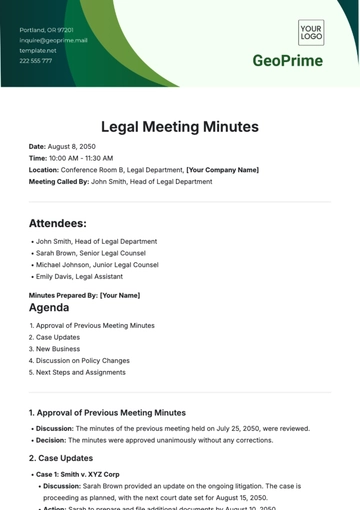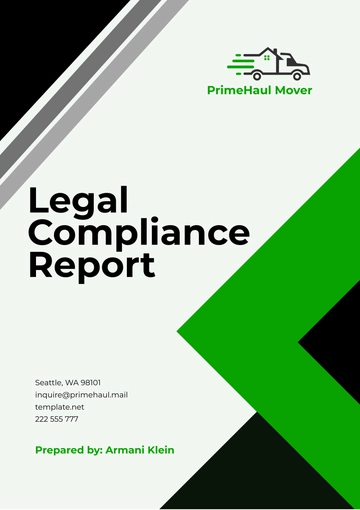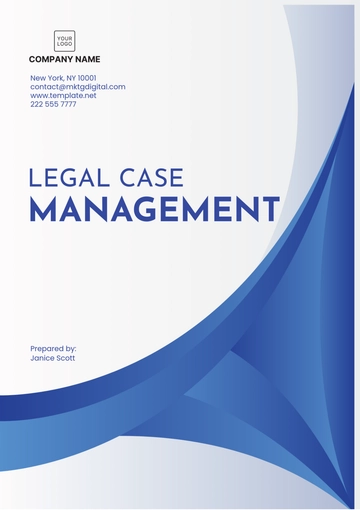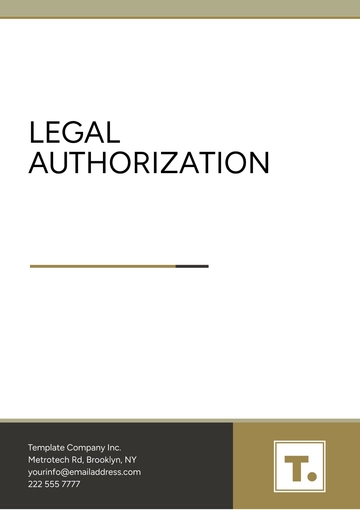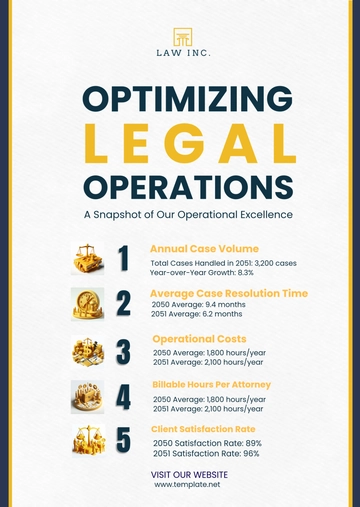Free Legal Intellectual Property Risk Management Guide
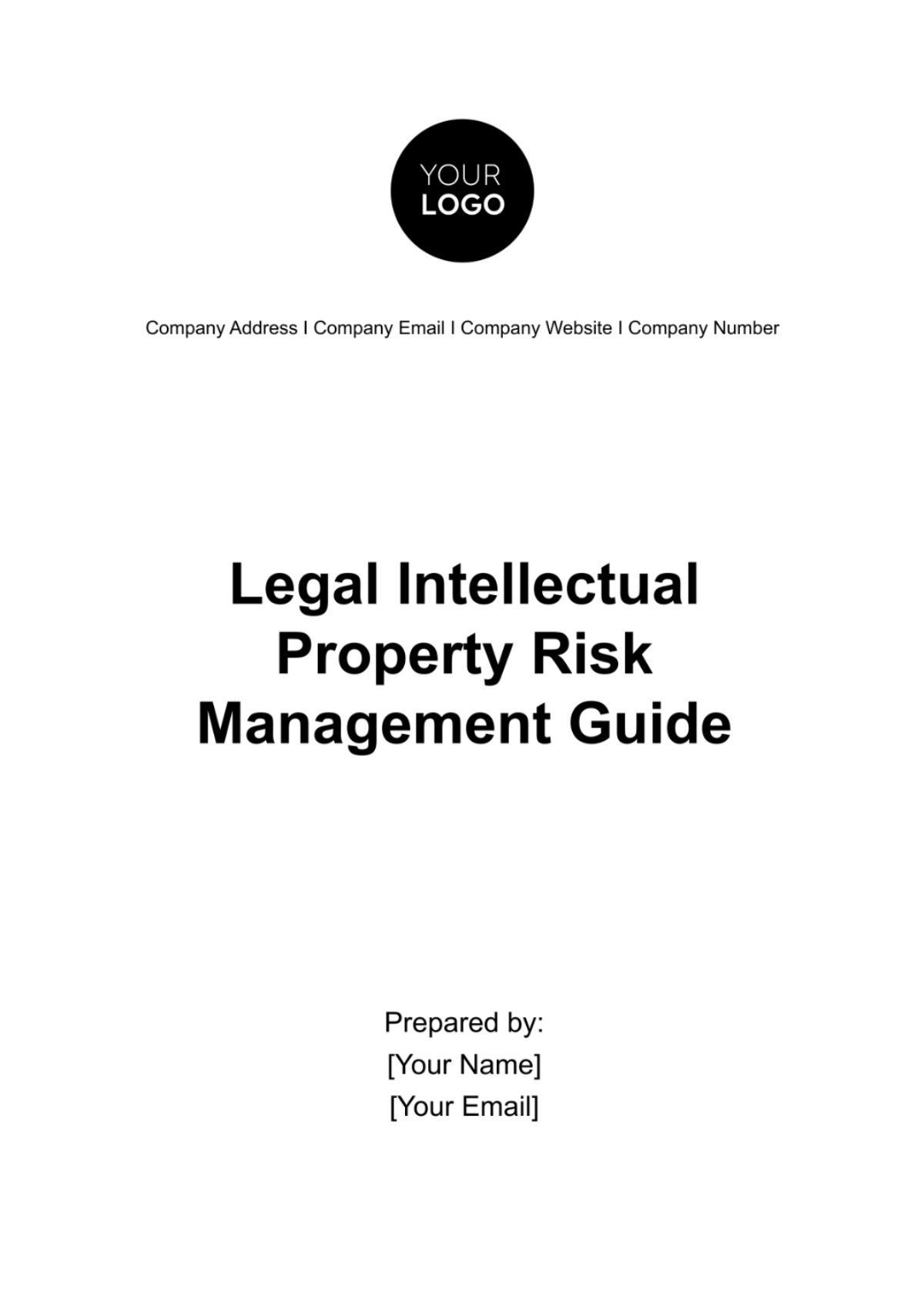
1. Understanding IP Risk Management
Intellectual Property (IP) Risk Management is a strategic process designed to help companies identify, evaluate, and mitigate the risks associated with their intellectual property. At the core of this process is the recognition that IP assets—such as inventions, brand identities, creative works, and trade secrets—are vital to a company's competitive edge and financial health. Effective IP risk management not only safeguards these assets from infringement, theft, and misuse but also ensures compliance with relevant laws, thereby minimizing legal liabilities and enhancing the company's market position.
Types of Intellectual Property:
Patents: Legal protections granted for inventions, allowing the patent holder exclusive rights to use, sell, and manufacture the invention for a certain period, typically 20 years from the filing date. Patents are crucial for protecting innovative products and technologies.
Trademarks: Marks, logos, names, or expressions that distinguish goods or services of one entity from those of others. Trademarks, protected indefinitely as long as they are in use and properly maintained, are central to branding and marketing strategies.
Copyrights: Protections for original works of authorship, including literature, music, art, and software. Copyrights, automatically secured upon creation of the work, last for the life of the author plus an additional 70 years, facilitating the control over the distribution, reproduction, and adaptation of creative content.
Trade Secrets: Information, practices, designs, formulas, processes, or any knowledge that is not generally known or readily ascertainable, from which a business can obtain an economic advantage over competitors or customers. Trade secrets are protected without registration or expiry as long as the information remains confidential and provides a competitive edge.
Understanding and managing the risks associated with these types of IP is essential for any business aiming to protect its innovations, brand identity, creative works, and proprietary information. Effective IP risk management involves not just legal protection but also strategic planning, monitoring, and enforcement to prevent unauthorized use and ensure the long-term value of IP assets.
2. Recognizing Your Intellectual Property
Identifying and cataloging your company's intellectual property (IP) is a critical first step in effective IP risk management. An accurate and up-to-date inventory of IP assets is essential for protecting them and leveraging their full value. This process not only helps in understanding what you own but also in strategizing for protection and enforcement.
Tools for IP Identification
Digital Asset Management Systems: Implement software that can track and manage digital creations, from software code to digital images, ensuring that all digital IP assets are accounted for and properly classified.
IP Auditing Software: Use specialized IP auditing tools designed to scan and identify patents, trademarks, copyrights, and trade secrets within your organization. These tools often use AI to sift through documents, code, and other records to uncover potentially unregistered IP.
Methodologies for IP Cataloging
IP Mapping: Conduct regular IP mapping exercises where each department within the company documents their creations and innovations. This collaborative approach ensures a comprehensive collection of all IP assets, facilitating easier management and protection.
Legal and Technical Reviews: Regularly schedule reviews with legal counsel and technical experts to evaluate the company’s portfolio of IP assets. This dual approach ensures that all technical innovations are legally protected and that existing protections are up to date and enforceable.
3. Evaluating IP Risks
Evaluating IP risks involves a systematic approach to identifying and assessing potential threats to your company's intellectual property assets. This crucial process encompasses both internal vulnerabilities and external threats, ensuring a comprehensive understanding of the risks your IP faces. Effective risk evaluation helps in formulating strategies to mitigate these risks, safeguarding the company's valuable assets.
Identifying Internal Vulnerabilities
Employee Knowledge and Practices: Assess the level of IP awareness among employees, including how proprietary information is handled, shared, and protected. Internal vulnerabilities often stem from inadequate training or lax enforcement of IP policies, making education and strict policy implementation key to risk mitigation.
Assessing External Threats
Market Analysis: Conduct regular analyses of the competitive landscape to identify potential external threats, such as emerging competitors who may infringe on your IP or market trends that could render your IP less valuable. This proactive approach allows for timely adjustments to your IP strategy.
Legal Environment Scanning: Stay informed about changes in IP laws, both domestically and internationally, as well as any relevant legal disputes in your industry. This includes monitoring for patent trolls and other entities that may pose a litigation risk. Understanding the legal environment helps in anticipating challenges and adapting your protection strategies accordingly.
4. Comprehension of the Legal Framework
Staying informed about the evolving legal frameworks that govern intellectual property rights is crucial for effective risk management. This knowledge encompasses international treaties, national legislation, and industry-specific regulations, ensuring that a company's IP strategies are both robust and compliant. As intellectual property laws are subject to change and vary significantly across jurisdictions, a deep understanding of these legal landscapes is essential for protecting your IP assets and avoiding infringement.
At the international level, agreements such as those administered by the World Intellectual Property Organization (WIPO) and the Trade-Related Aspects of Intellectual Property Rights (TRIPS) set the groundwork for IP protection globally. Nationally, laws and guidelines provided by bodies like the United States Patent and Trademark Office (USPTO) dictate the procedures for securing patents, copyrights, trademarks, and trade secrets. Additionally, industry-specific regulations can further influence IP management practices, necessitating a tailored approach to risk assessment and mitigation. Keeping abreast of these legal standards helps companies navigate the complex IP ecosystem, ensuring that their assets are safeguarded against potential risks and challenges.
5. Securing Your Intellectual Property
Understanding and implementing mechanisms available for IP protection such as patents, copyrights, trademarks, and trade secrets adds to your business value.
IP Protection Strategies
IP Type | Protection Strategy |
|---|---|
Patents | Strategy 1 |
Trademarks | Strategy 2 |
Copyrights | Strategy 3 |
Trade Secrets | Strategy 4 |
6. Licensing and Commercializing your IP
Licensing and commercializing intellectual property (IP) are key strategies for extracting value from your IP assets, contributing positively to your business. This process must be approached with careful planning, legal considerations, and strategic partnerships to ensure the protection and maximization of IP value.
Developing Licensing Agreements
Define Terms Clearly: Establish clear terms in the licensing agreement, including scope of use, duration, territorial rights, and financial arrangements (royalties, upfront payments, etc.). This clarity prevents misunderstandings and ensures both parties understand their rights and obligations.
Commercialization Strategies
Market Analysis: Conduct thorough market research to identify potential markets for your IP. Understanding market needs, competitive landscape, and potential partners or licensees can inform your commercialization strategy, ensuring that your IP meets a real demand and generates revenue.
Protection Before Disclosure: Ensure your IP is adequately protected before engaging in discussions with potential partners or the public. Utilizing non-disclosure agreements (NDAs) during negotiations can safeguard your IP from premature exposure or theft.
Navigating Partnerships and Alliances
Selecting the Right Partners: Choose partners or licensees who have the capabilities to bring your IP to market effectively. Assess their market position, reputation, and compatibility with your business goals.
Ongoing Management and Oversight: Establish mechanisms for monitoring and managing the partnership, including performance metrics, regular reviews, and channels for communication. This oversight ensures that the commercialization process aligns with the agreed terms and contributes to your business objectives.
7. Monitoring and Enforcement
To maintain the value of your intellectual property (IP) and ensure its proper use in the market, it's crucial to implement effective monitoring and enforcement strategies. These approaches help in identifying potential infringements quickly and taking appropriate actions to address them, preserving the integrity and value of your IP assets.
Monitoring Techniques
Implementing regular monitoring practices is essential for detecting unauthorized use of your IP. This can involve the use of digital tools and services that scan the internet, marketplaces, and patent databases for potential infringements or similar creations that could dilute your IP's value. For trademarks, watching services can alert you to new trademark applications that are confusingly similar to your own, allowing you to object before they are registered.
Enforcement Strategies
Upon detecting a potential infringement, it's important to have a clear strategy for enforcement. This typically starts with a cease-and-desist letter to the infringing party, outlining your IP rights and demanding that the infringement stop. Legal action may follow if the issue is not resolved amicably. It's crucial to assess the severity of the infringement and its impact on your business to determine the most appropriate course of action, balancing the cost of legal proceedings against the potential harm to your IP's value.
Collaboration and Legal Support
Working closely with IP attorneys and legal experts can enhance your monitoring and enforcement efforts. They can provide guidance on the complexities of IP law and help develop a tailored strategy for protecting your assets. Additionally, collaborating with industry associations and participating in collective enforcement initiatives can offer support and resources for defending your IP against widespread infringement issues.
8. Establishing IP Risk Management Protocols
Creating formal policies and procedures for intellectual property (IP) risk management is crucial for safeguarding a company's IP assets effectively. This framework should encompass clear roles, responsibilities, reporting mechanisms, and training programs, ensuring that all staff members are equipped to manage and protect IP appropriately.
Formal Policies and Procedures
Development of IP Policies: Draft comprehensive IP policies that outline how intellectual property should be identified, protected, used, and shared within the company. These policies should also cover how to handle potential IP infringements and the steps for reporting and addressing IP risks.
Defining Roles and Responsibilities
IP Management Team: Establish a dedicated IP management team responsible for overseeing the company's IP strategy, including monitoring, protection, and enforcement activities. Clearly define the roles within this team, ensuring coverage of all critical IP management areas.
Risk Reporting Mechanisms
Implementation of Reporting Systems: Set up a structured system for reporting IP risks, including potential infringements or internal non-compliance issues. This system should allow for anonymous submissions to encourage reporting and ensure that all potential risks are captured and addressed promptly.
Training Programs for Staff
IP Awareness and Training: Develop and implement ongoing training programs for all employees to raise awareness about the importance of IP and educate them on the company's policies and procedures. Training should cover the basics of IP rights, how to identify potential IP risks, and the proper channels for reporting these risks.
Continuous Review and Improvement
Regular Policy Review: Schedule periodic reviews of IP risk management policies and practices to ensure they remain effective and relevant. This includes updating policies in response to new IP laws, market conditions, or changes in the company's business strategy.
9. Securing Digital IP Data
In today's digital age, securing intellectual property (IP) data against cyber threats and breaches is paramount. Digital IP assets, including software, designs, and confidential business information, are vulnerable to a range of cyber risks. Implementing robust cybersecurity measures and data protection protocols is essential to safeguard these assets from unauthorized access, theft, and damage.
Cybersecurity Measures: Employ state-of-the-art cybersecurity tools and practices, such as firewalls, encryption, and intrusion detection systems, to protect digital IP assets stored on company networks and cloud services. Regular security audits and vulnerability assessments can help identify and mitigate potential weaknesses in the system.
Data Protection Protocols: Develop and enforce strict data protection policies that dictate how digital IP is handled, stored, and shared within and outside the organization. This includes controlling access to sensitive IP data through authentication and authorization mechanisms and using secure communication channels for transmitting IP information.
10. Regular Review and Update
Regularly reviewing and updating your company's IP risk management practices is crucial for adapting to changes in the business environment, technology, and legal landscape. This continuous improvement process ensures that your IP assets remain secure and continue to add value to the business, aligning with and supporting the company's overall objectives. By staying proactive, businesses can navigate the dynamic nature of IP challenges, ensuring their strategies remain effective and responsive to new risks and opportunities. This approach not only protects the company's intellectual property but also enhances its competitive advantage and growth potential.
- 100% Customizable, free editor
- Access 1 Million+ Templates, photo’s & graphics
- Download or share as a template
- Click and replace photos, graphics, text, backgrounds
- Resize, crop, AI write & more
- Access advanced editor
Mitigate potential IP challenges with the Legal Intellectual Property Risk Management Guide Template from Template.net. This editable and customizable template provides a strategic framework for identifying, assessing, and managing intellectual property risks. Designed to be editable in our Ai Editor Tool, it equips you with the tools to develop proactive measures, ensuring your intellectual property assets are secure and your organization is safeguarded against potential legal disputes and infringements.
